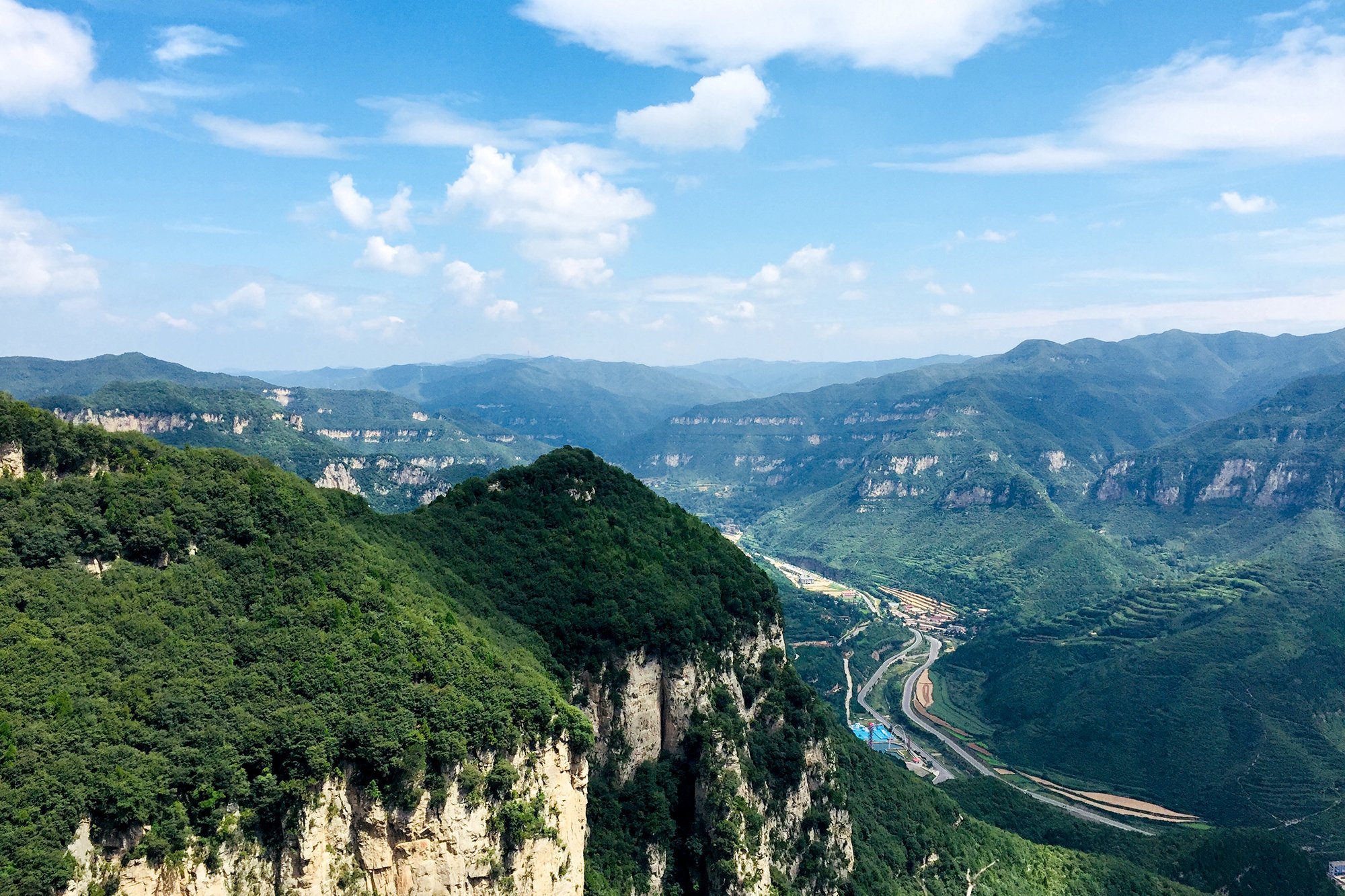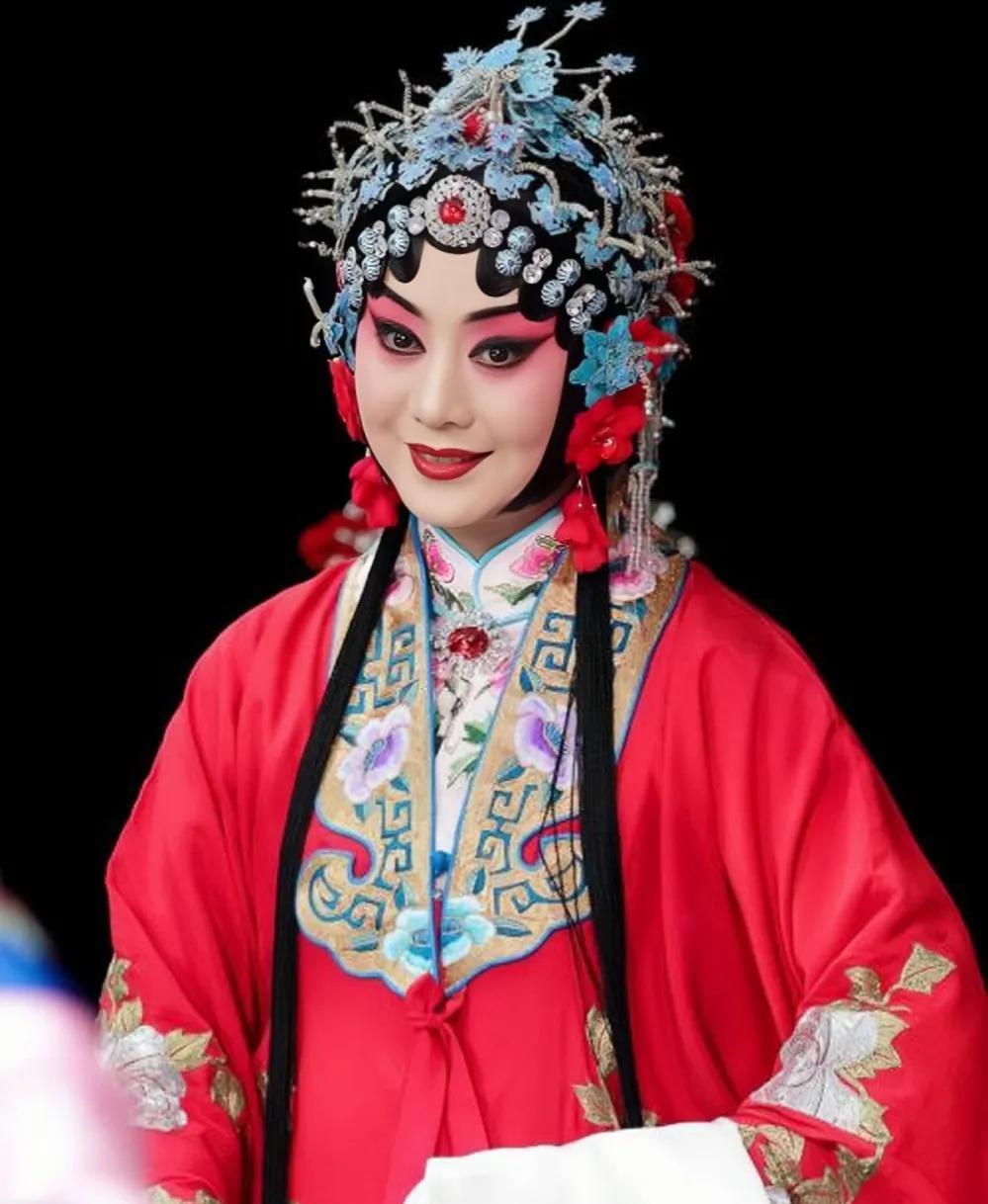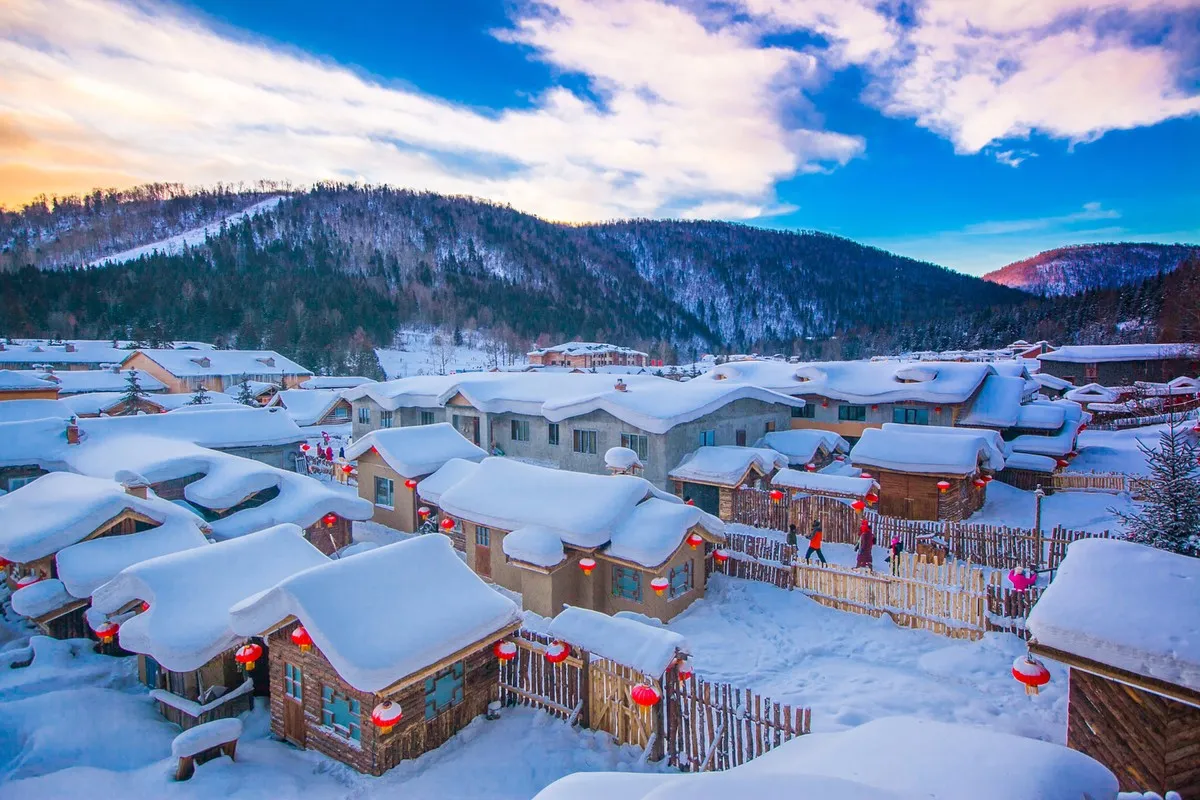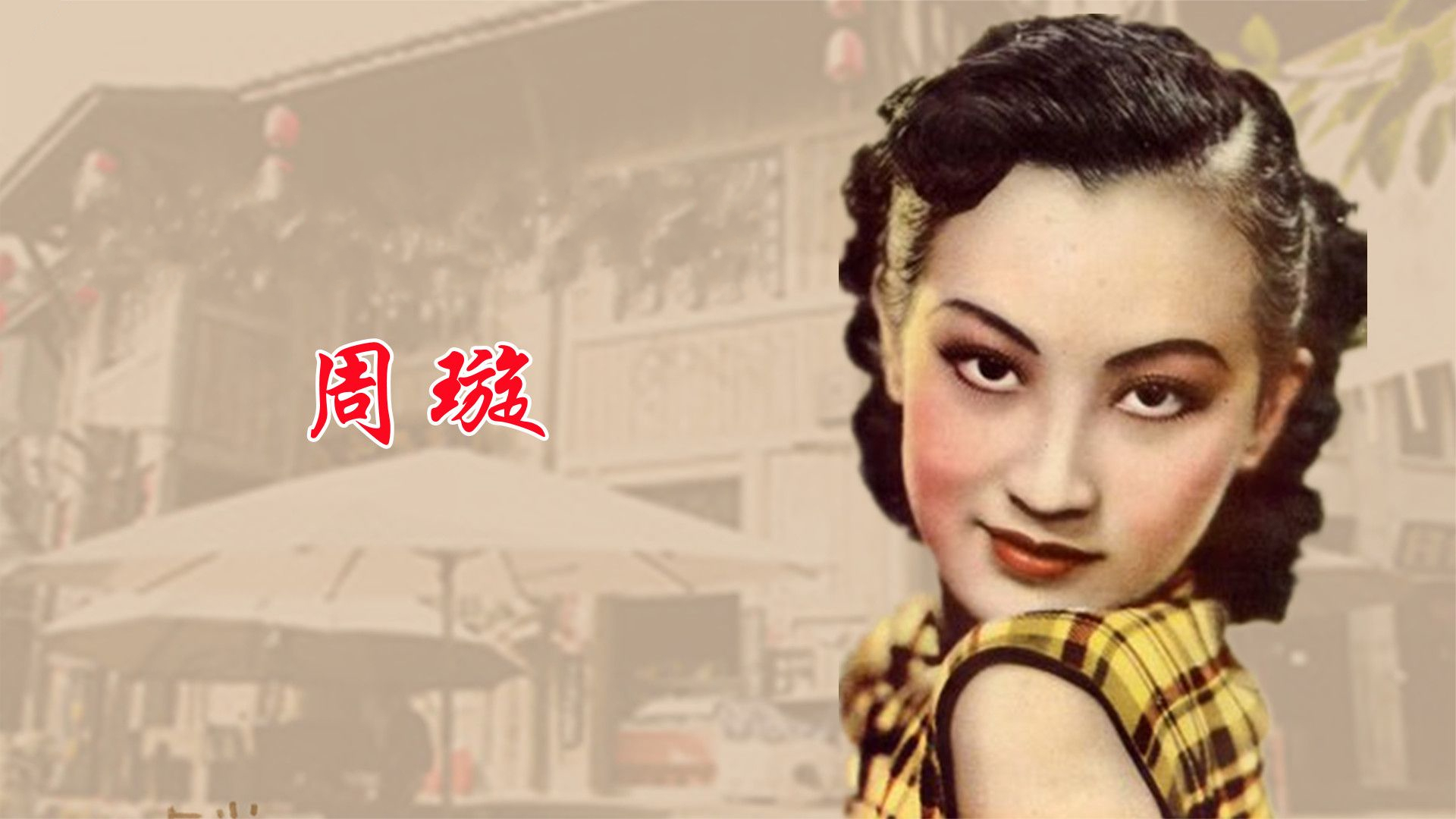
男:我们好像在哪见过 你记得吗
女:好像那是一个春天 我刚发芽
男:我走过
女:没有回头
男:我记得
女:我快忘了
男:我们好像在哪见过 你记得吗
女:记得那是一个夏天 盛开如花
男:我唱歌
女:没有对我
男:但我记得
女:可我快忘了
男:我们好像在哪见过 你记得吗
女:好像那是一个秋天 夕阳西下
男:你美得让我不敢和你说话
女:你经过我时风起浮动
合:我的发
男:我们好像在哪见过 你记得吗
女:记得那是一个冬天 漫天雪花
男:我走过
女:没有回头
男:我记得
女:我快忘了
男:我们好像在哪见过 你记得吗
女:那时你还是个孩子 我在窗棂下
男:我猜着你的名字刻在了墙上
女:我画了你的模样对着弯月亮
男:我们好像在哪见过 你记得吗
女:当我们来到今生 各自天涯
男:天涯相望今生面对谁曾想
女:还能相遇一切就像
合:梦一样
我们好像在哪见过

世界上有很多的东西
你生不带来死不带去
你能带走的只有自己和自己的脾气
你曾拥有最美的爱情
你听过最美的旋律
触摸过一个人孤独的恐惧
也看到过最美的风景
我跌跌撞撞奔向你
你也不能一个人离去
我们在一起说过
无论如何一起经历了风雨
平平淡淡安安静静的老去
世界上有很多的东西
你生不带来死不带去
你能带走的只有自己和自己的脾气
你曾拥有最美的爱情
你听过最美的旋律
触摸过一个人孤独的恐惧
也看到过最美的风景
我跌跌撞撞奔向你
你也不能一个人离去
我们在一起说过
无论如何一起经历了风雨
平平淡淡安安静静的老去
我们拼命的相拥不给孤独留余地
无力 是我们最后难免的结局
无力 是我们最后难免的结局

因为梦见你离开
我从哭泣中醒来
看夜风吹过窗台
你能否感受我的爱
等到老去那一天
你是否还在我身边
看那些誓言谎言
随往事慢慢飘散
多少人曾爱慕你年轻时的容颜
可知谁愿承受岁月无情的变迁
多少人曾在你生命中来了又还
可知一生有你我都陪在你身边
因为梦见你离开
我从哭泣中醒来
看夜风吹过窗台
你能否感受我的爱
等到老去那一天
你是否还在我身边
看那些誓言谎言
随往事慢慢飘散
多少人曾爱慕你年轻时的容颜
可知谁愿承受岁月无情的变迁
多少人曾在你生命中来了又还
可知一生有你我都陪在你身边
当所有一切都已看平淡
是否有一种坚持还留在心间
呼哦 哦
多少人曾爱慕你年轻时的容颜
可知谁愿承受岁月无情的变迁
多少人曾在你生命中来了又还
可知一生有你我都陪在你身边
多少人曾爱慕你年轻时的容颜
可知谁愿承受岁月无情的变迁
多少人曾在你生命中来了又还
可知一生有你我都陪在你身边
可知一生有你我都陪在你身边

1. 0:00 大团圆 2. 3:57 新的一年 3. 7:16 庆祝 4. 11:13 新年万万岁 5. 14:24 大日子 6. 18:18 快乐讯号 7. 21:33 我的新年台 8. 25:04 天天好天 9. 29:13 爆竹一声大地春+欢迎新年到 10. 33:12 迎春花+万事如意 11. 37:05 幸福歌谣 12. 40:30 大发财 13. 43:43 祝福你 14. 46:55 惜福 15. 50:37 新年喜洋洋 16. 54:04 福气 17. 58:09 新年童趣 18. 1:01:22 春之晨 19. 1:05:24 喜庆新年乐 20. 1:08:54 庙宇朝拜 21. 1:12:08 恭喜恭喜 22. 1:15:10 恭喜发财

发行磁带上的歌手姓名列表(共112名,按照姓名笔画排列):
丁武,于佳易,于海燕,于静燕,马晓艺,马凌彦,王兰,王虹,王迪,王立森, 王洁实,王路明,方逊,方智,方霆,方霈,韦唯,毛阿敏,田鸣,田震, 庄鲁迅,吕邦银,吕仰平,傅迪声,刘谷,刘岩,刘欣茹,刘巍巍,刘建国,朱桦, 成方圆,任雁,牟杰,牟玄甫,华欣,迟飞飞,托雅,孙国庆,孙英华,乔姗, 乔晓彬,杜雷,吴晓芸,吴晓虹,吴晶晶,刑岩,劳俊浩,时延燕,许丽娟,陈莉丽, 陈梅荣,应楠,宋明华,李征,李泰波,李爱萍,李方方,李玲玉,张暴默,张世柱, 张伟进,张燕妮,张海波,张青,张晶,张宝国,张彤,张锡瑾,张波,张静, 尚凤琴,郑绪岚,周峰,岳娜,岳彩帼,姜浩东,孟地,赵金华,赵雅林,赵刚, 赵大为,赵丽,林静,柳培德,胡晓晴,胡斌,胡月,胡寅寅,胡佑山,胡平, 相青,郭容,郭鸣凤(应为郭鸣岚),祁竺蕾,徐小燕,徐明,索宝丽,贾燕,黄红英,黄强, 崔健,常宽,梁竹,曾咏贤,程伟,蒋强,紫沙莉,蔡其平,蔡国庆,蔡金梁, 谢莉斯,霍永承
其中田震参与了录音,但未出现在演唱会现场。

上有呀天堂 下呀有苏杭
城里有园林 城外有水乡
哎呀 苏州好风光 好呀好风光 哎呀哎呀
春季里杏花开 雨中采茶忙
夏日里荷花塘 琵琶丁冬响
摇起小船 轻弹柔唱 桥洞里面看月亮
桥洞里面看月亮 哎呀哎呀
秋天里桂花香 庭院书声朗
冬季里腊梅放 太湖连长江
推开门窗 青山绿水 巧手绣出新天堂
巧手绣出新天堂 哎呀哎呀
上有呀天堂 下呀有苏杭
古韵今风 天下美名扬 哎呀
说不尽苏州好呀好风光
哎呀哎呀
哎哎呀 说不尽苏州好呀好风光
哎呀哎呀 说不尽苏州好呀好风光

Dominio de Pingus is a Spanish winery located in Quintanilla de Onésimo in Valladolid province with vineyards in La Horra area of the Ribera del Duero region. The estate's flagship wine, Pingus, is considered a "cult wine", sold at extremely high prices while remaining very inaccessible,[1][2] and commands an average price of $811 per bottle.[3]
The winery also produces a second wine, Flor de Pingus, and a special cuvée, Ribera del Duero "Amelia". Recently, Dominio de Pingus has founded a joint project with local grape producers to make an old vine tempranillo called "PSI".
Dominio de Pingus was established in 1995 by Danish oenologist Peter Sisseck, also manager of the Pesquera de Duero estate Hacienda Monasterio.[4] On the estate's winemaking philosophies, Sisseck has stated, "The vines in my plots are very old. They have never been fertilised nor treated with pesticides and all grow following the traditional en vaso system. They are perfect."[4]
About the first 1995 vintage of Pingus, Robert Parker declared, "One of the greatest and most exciting wines I have ever tasted".[5] With a very limited first vintage production, only 325 cases were made with prices initially set at US$200 per bottle, it became yet more scarce when in November 1997 the ship transporting a U.S. bound shipment of 75 cases disappeared somewhere off the Azores in the North Atlantic Ocean.[6] The shipwreck resulted in a dramatic reaction in the US market, with prices soon rising to $495 per bottle.[5][6]
At the Ronda WineCreator conference of April 2008, Sisseck was angered by suggestions by Decanter editor Guy Woodward that some winemakers make wines to suit the palates of certain critics. In response he called Woodward's remarks arrogant for implying winemakers do not have their own opinions, adding, "I don't even think it is possible to do this."[7]
In 2007 it was announced that the Spanish government had approved plans to expand highway roads through the vineyards of Dominio de Pingus and other wineries, which was met with strong opposition by Sisseck who called it a "vengeful measure".[8]
Planted with very old vines of Tinto Fino, i.e. Tempranillo, the vineyards are 2.5 hectares (6.2 acres) in Barrosso with vines exceeding 65 years and 1.5 hectares (3.7 acres) in San Cristobal with vines older than 70 years, and the unusually low average yield of 12 hL per hectare. Since 2000, the viticulture has been biodynamic. Of the annual production of Pingus there is typically less than 500 cases, though in poor vintages no Pingus is made.
The production of the second wine Flor de Pingus, also 100% Tempranillo, is made with fruit from rented vineyards in the La Horra zone, with vines older than 35 years. Since the 2005 vintage, the viticulture has been biodynamic. The annual production is on average 4,000 cases.
Additionally there has been the single barrel cuvée, Ribera del Duero "Amelia", made from a vineyard parcel of 100+ year old vines with an average yield of 10 hL per hectare, with biodynamic viticulture since its initial 2003 vintage. The 2005 vintage had a production of 25 cases.
"PSI" is a joint project based on fruit produced by local grape growers from old tempranillo vines. The goal is to help grape producers and save old vines. Project was founded in 2006, first vintage was 2007. Grape growers are encouraged to employ biodynamic or organic vineyard management practices. The wine is made by Peter Sisseck and Pablo Rubio and sold under producer name Bodegas y Viñedos Alnardo. Vinification takes place in large concrete vats and aging in concrete and wooden tanks and oak barrels. Production of PSI 2009 was 9,600 cases, PSI 2010 was 16,600 cases.
 Internationale Städte
Internationale Städte

Palma de Mallorca5 (oficialmente, Palma)678 es una ciudad y municipio español, capital de la isla de Mallorca y de la comunidad autónoma de las Islas Baleares. Es además sede del partido judicial número tres de la provincia y de la diócesis de Mallorca. Está ubicada en la parte occidental del mar Mediterráneo y, dentro de la isla, hacia el suroeste. Se encuentra a unos 250 km al este de la península ibérica.
Su término municipal ocupa una extensión de 208,63 km² que se extienden entre la sierra de Na Burguesa y el Prado de Sant Jordi. Se sitúa en el centro de la bahía de Palma, a unos 13 metros de altura sobre el nivel del mar. La atraviesan varios torrentes, como el la Riera y el de Gros.
Con 416 065 habitantes en enero de 2019, Palma es la octava mayor ciudad de España por población y la primera de las Islas Baleares.9 Su área metropolitana engloba nueve localidades con 560 240 habitantes, repartidos en una superficie de 1015,88 km², siendo la 14.ª de España.10
Fue fundada con el nombre de Palma por el cónsul romano Quinto Cecilio Metelo Baleárico en el año 123 a. C. Se estima que su asentamiento actual corresponde con las ruinas romanas que se encuentran bajo su casco histórico, aunque aún no existen pruebas irrefutables.1112 Después de estar en manos de los vándalos y los árabes en 903, fue conquistada por el rey Jaime I de Aragón el 31 de diciembre de 1229,13 convirtiéndose en la Ciutat de Mallorca, capital de su propio reino, que decayó tras su incorporación a la Corona de Aragón en 1279.
En 1715 entraron en vigor los Decretos de Nueva Planta, recuperando la ciudad su topónimo romano, Palma. Poco después, ya en el siglo xx, fue protagonista de la explosión de un intenso auge turístico que la usó como destino vacacional durante las décadas de 1960 y 1970. En la actualidad constituye un notable centro económico y cultural a nivel insular y autonómico.

Torino (AFI: /toˈrino/[5], ascolta[?·info]; Turin in piemontese [tyˈriŋ], ascolta[?·info] [6]) è un comune italiano di 852 223 abitanti (al 30 settembre 2021)[2], quarto comune italiano per popolazione e capoluogo dell'omonima città metropolitana e della regione Piemonte. Cuore di un'area metropolitana, Torino è il terzo complesso economico-produttivo del Paese e costituisce uno dei maggiori poli universitari, artistici, turistici, scientifici e culturali d'Italia. Nel suo territorio sono inoltre presenti aree ed edifici inclusi in due beni protetti dall'UNESCO: alcuni palazzi e zone facenti parte del circuito di residenze sabaude in Piemonte (patrimonio dell'umanità[7]) e l'area delle colline del Po (riserva della biosfera).
Città dalla storia bimillenaria, fu fondata probabilmente nei pressi della posizione attuale, attorno al III secolo a.C., dai Taurini, quindi trasformata in colonia romana da Augusto col nome di Iulia Augusta Taurinorum nel I secolo a.C.. Dopo il dominio ostrogoto, fu capitale di un importante ducato longobardo, per poi passare, dopo essere divenuta capitale di marca carolingia, sotto la signoria nominale dei Savoia nell'XI secolo. Città dell'omonimo ducato, nel 1563 ne divenne capitale. Dal 1720 fu capitale del Regno di Sardegna (anche se solo de facto fino alla fusione perfetta del 1847, quando lo divenne anche formalmente),[8] Stato che nel XIX secolo avrebbe portato all'unificazione italiana e che fece di Torino la prima capitale del Regno d'Italia (dal 1861 al 1865).
Sede nel 2006 dei XX Giochi olimpici invernali, nel 2022 della 66ª edizione dell'Eurovision Song Contest[9], città natale di alcuni fra i maggiori simboli del Made in Italy nel mondo, come il Vermut, il cioccolato gianduja e il caffè espresso, è il fulcro dell'industria automobilistica italiana, nonché importante centro dell'editoria, del sistema bancario e assicurativo, delle tecnologie dell'informazione, del cinema, dell'enogastronomia, del settore aerospaziale, del disegno industriale, dello sport e della moda.
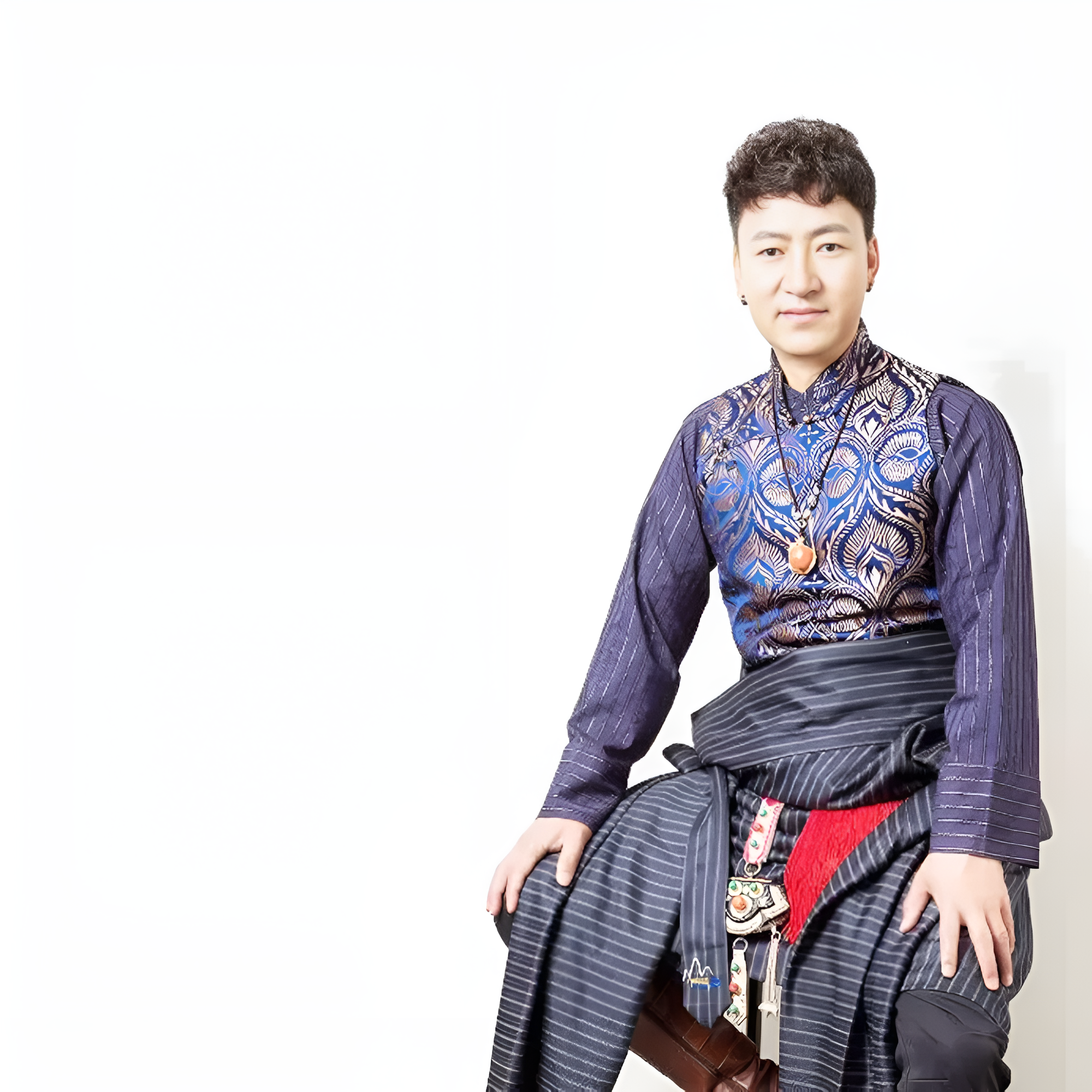
有一个姑娘名叫娥嫚
她家住在陇上江南
流水啊匆匆的
送走了时间
送不走人们深深的卷恋
有一个姑娘名叫娥嫚
她的期盼从未改变
雪山啊高高的
垒起了思念
山遥路远
只为今生见一面
官鹅山水间
剪不断的情缘
眼里的星晨啊
只因她而璀璨
每一轮日出日落
月缺月圆
诉说着官鹅的故事
一直到永远
一直到永远
有一个姑娘名叫娥嫚
她的期盼从未改变
雪山啊高高的
垒起了思念
山遥路远
只为今生见一面
官鹅山水间
剪不断的情缘
眼里的星晨啊
只因她而璀璨
每一轮日出日落
月缺月圆
诉说着官鹅的故事
一直到永远
官鹅山水间
剪不断的情缘
眼里的星晨啊
只因她而璀璨
每一轮日出日落
月缺月圆
诉说着官鹅的故事
一直到永远
一直到永远
DJ版

看似水流金年月
求往日欢笑重现
金光里 谁在雨中相逢
奈何又骤然相送
随一阵清风 看一个轻笑
无论爱是否永远
茫茫在人海中转圈
如梦消逝浮萍一片
看似水流金年月
求往日欢笑重现
心已碎 仍在叹息怀念
依然盼往事重现
无言的私语 无影的星夜
时光飞逝是苦与甜
模糊是当天你的脸
变得难分只有点点愁凝在眼
无影的星夜
时光飞逝是苦与甜
模糊是当天你的脸
变得难分只有点点愁凝在眼




